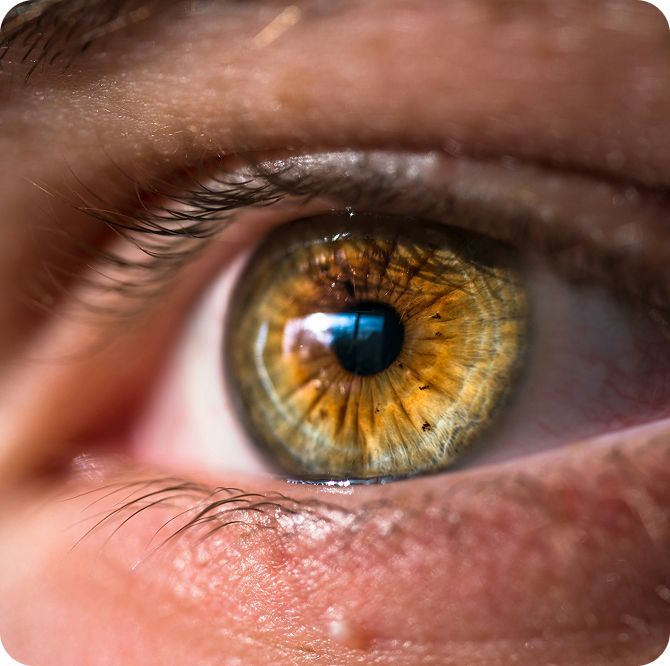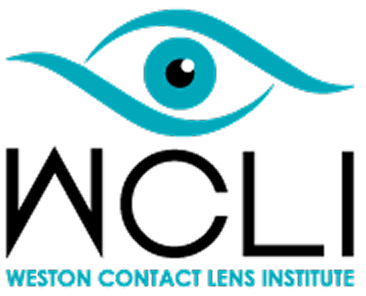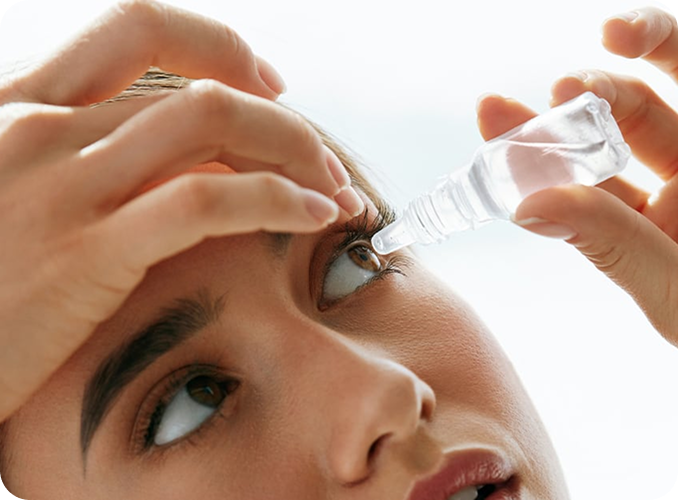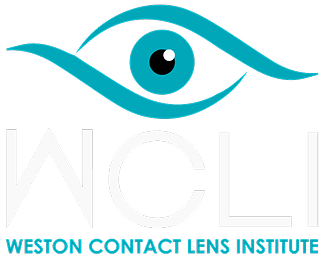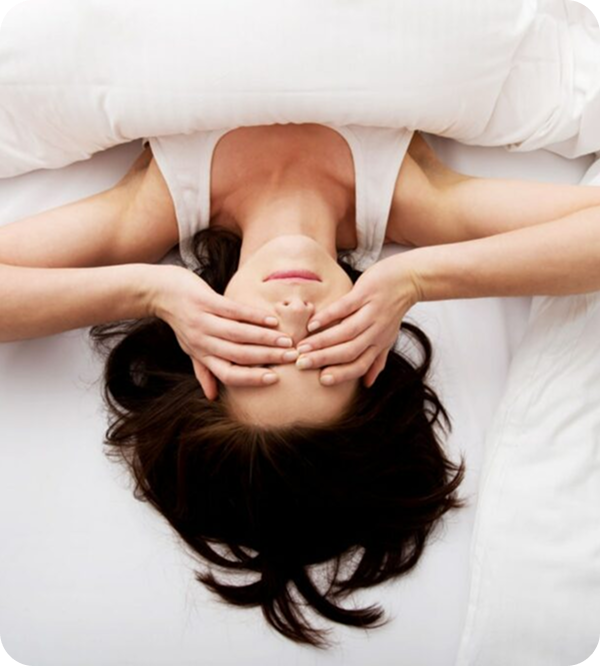
What is Dry Eye Syndrome?
Dry Eye Syndrome, also known as dry eye disease, is a common condition that occurs when the eyes do not produce enough tears or when the tears evaporate too quickly. Tears are essential for maintaining the health of the front surface of the eye and ensuring clear vision. They provide moisture, lubrication, and nutrients to the cornea. When the tear film, which coats the eyes, becomes imbalanced, it can lead to discomfort, inflammation, and, in some cases, damage to the eye’s surface.
There are many reasons why dry eye syndrome develops. Aging is one of the most common causes, as tear production tends to decrease with age. Hormonal changes, especially during menopause, can also contribute to dry eyes. Environmental factors, such as exposure to wind, smoke, or air conditioning, can worsen symptoms by increasing tear evaporation. Additionally, prolonged screen time or insufficient blinking while using digital devices often exacerbates dry eye symptoms.
Certain medical conditions and medications can also lead to dry eye syndrome. Autoimmune diseases like Sjögren’s syndrome, rheumatoid arthritis, or lupus often affect tear production. Medications such as antihistamines, antidepressants, and blood pressure drugs may also reduce tear volume as a side effect. Additionally, wearing contact lenses for extended periods or undergoing refractive surgeries like LASIK can disrupt the tear film and lead to dryness.
The symptoms of dry eye syndrome vary in severity but commonly include a stinging or burning sensation, redness, sensitivity to light, and a feeling of grittiness, as if something is stuck in the eye. Paradoxically, some individuals may experience excessive tearing due to the eyes attempting to compensate for dryness. In severe cases, dry eyes can lead to blurred vision or damage to the corneal surface, impacting overall eye health and quality of life.
Fortunately, treatment options are available to manage and alleviate dry eye symptoms. Over-the-counter artificial tears, prescription medications, lifestyle modifications, and advanced therapies like intense pulsed light (IPL) or LipiFlow are commonly used to treat the condition. Identifying and addressing the underlying cause of dry eye syndrome is key to effective management and long-term relief.
If left untreated, dry eye syndrome can lead to chronic discomfort and complications. Consulting an eye care professional is essential for diagnosing the condition and tailoring a treatment plan that ensures optimal eye health and vision.
What are the Symptoms of Dry Eye Syndrome?
Persistent Dryness
A constant sensation of dryness in the eyes, indicating insufficient lubrication.
Stinging or Burning
A burning or stinging feeling, often exacerbated by certain environments like wind or air conditioning.
Gritty or Sandy Sensation
A feeling as though there is a foreign object or debris in the eye.
Redness
Noticeable inflammation and redness of the eyes due to irritation or inadequate tear coverage.
Excessive Tearing (Reflex Tearing)
Paradoxical overproduction of watery tears that lack the necessary oil and mucin to provide relief.
Sensitivity to Light (Photophobia)
Increased discomfort or sensitivity when exposed to bright light.
Blurred or Fluctuating Vision
Difficulty maintaining clear vision, especially during tasks requiring prolonged focus, such as reading or using digital devices.
Eye Fatigue
A feeling of tired or strained eyes, even with minimal visual activity.
Difficulty Wearing Contact Lenses
Discomfort or inability to tolerate contact lenses due to inadequate tear film support.
Chronic Complication
In severe cases, potential damage to the corneal surface, recurrent infections, or the development of scar tissue that can further impair vision.
What Can I Do to Prevent Dry Eye?
Preventing dry eye involves taking proactive measures to protect your eyes and maintain a healthy tear film. While some causes of dry eye, such as aging or medical conditions, may not be entirely avoidable, adopting these strategies can significantly reduce your risk and help you manage symptoms:
Blink Regularly
Make a conscious effort to blink frequently, especially during prolonged screen time. Blinking helps spread tears evenly across your eyes, keeping them moisturized.
Take Breaks from Screen
Follow the 20-20-20 rule: every 20 minutes, look at something 20 feet away for 20 seconds. This reduces eye strain and supports tear production.
Maintain Proper Humidity
Use a humidifier in your home or office to keep the air moist, particularly in dry climates or during winter when indoor heating can dehydrate the air.
Wear Protective Eyewear
Use wraparound sunglasses or goggles when outdoors to shield your eyes from wind, dust, and excessive sun exposure, which can dry out your eyes.
Stay Hydrate
Drink plenty of water throughout the day to maintain overall hydration, which supports tear production.
Avoid Smoke and Irritants
Minimize exposure to smoke, pollution, and other environmental irritants that can aggravate dry eye symptoms.
Adjust Your Diet
Include foods rich in omega-3 fatty acids, such as fish, flaxseeds, and walnuts, as they support healthy tear production and reduce inflammation.
Practice Good Eyelid Hygiene
Clean your eyelids regularly with a gentle cleanser to prevent buildup that can clog the meibomian glands and disrupt the tear film.
Limit Contact Lens Use
Avoid wearing contact lenses for extended periods, as they can contribute to dryness. Consider switching to daily disposable lenses or consulting your eye doctor for alternatives.
Use Artificial Tears Preventively
Apply over-the-counter artificial tears before your eyes feel dry, especially if you are in environments prone to drying effects, like airplanes or windy areas.
Address Underlying Health Conditions
Manage medical conditions such as blepharitis or autoimmune diseases that may contribute to dry eye. Work closely with your healthcare provider for tailored treatment.
Avoid Overuse of Air Conditioning or Heating
These systems can dry out the air. Position yourself away from direct airflow to protect your eyes.
Adjust Your Diet
Regular eye exams can help identify early signs of dry eye and provide personalized recommendations, such as prescription eye drops or advanced therapies like intense pulsed light (IPL) treatments.
By incorporating these preventive measures into your daily routine, you can reduce the likelihood of developing dry eye syndrome and protect your eyes for years to come.
Treatment Options for Dry Eye
There are several treatment options that may be recommended to treat dry eye syndrome. Some examples include:
•BlephEx™ Treatment for Dry Eyes
This treatment allows your eye care practitioner to safely deep clean and exfoliate your eyelids and lashes using a hand held gently, spinning medical grade micro-sponge. This procedure decreases bacterial debris and biofilm, which can lead to inflammatory lid disease. It also improves your eyelids’ overall health and helps control long-term damage to your tear glands.
•Advanced Zocushield™ Cleanse
This in office deep cleanse uses unique Hibiscus esculentus-infused Zocusome micelles that gently lift and clear the oil, debris, and residue on your eyelid margins to make your eyes and skin appear more natural and healthier.
•Lipiscan ™ Dynamic Meibomian Imaging ™
This advanced imaging allows the eye care practitioner to get a high definition internal view of your oil glands. The technology allows your physician to understand your level of oil gland blockage.
•OptiPlus (Radio Frequency for Dry Eye)
Using advanced radio frequency (RF) for dry eye technology, OptiPlus gently heats the tissue layers around the eyes, promoting better blood circulation and stimulating collagen production while also melting and releasing that have clogged the meibomian glands.
